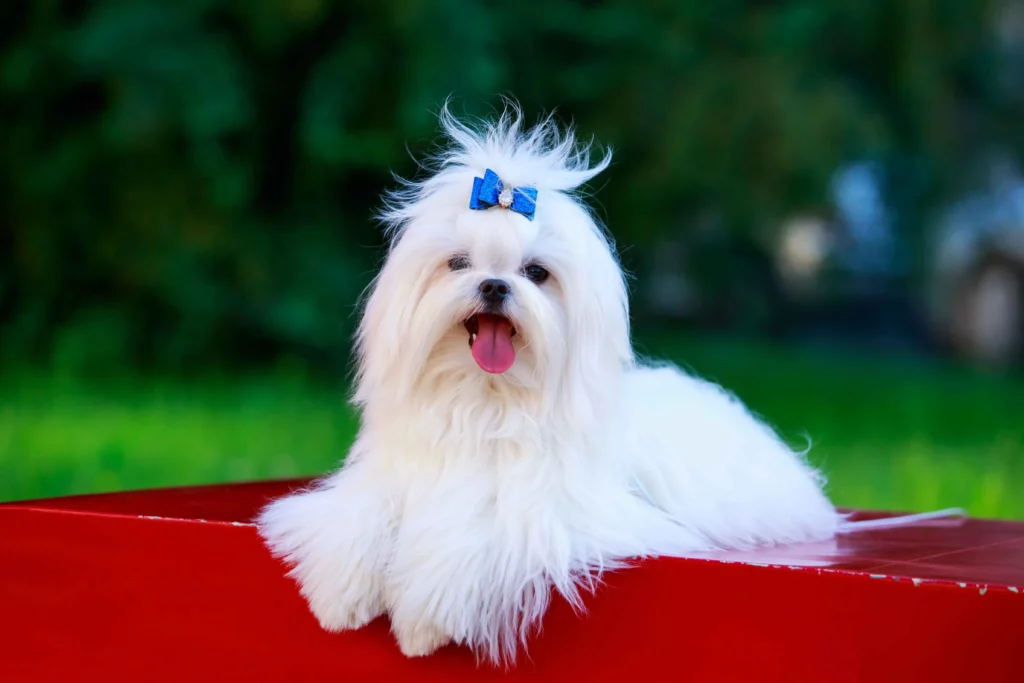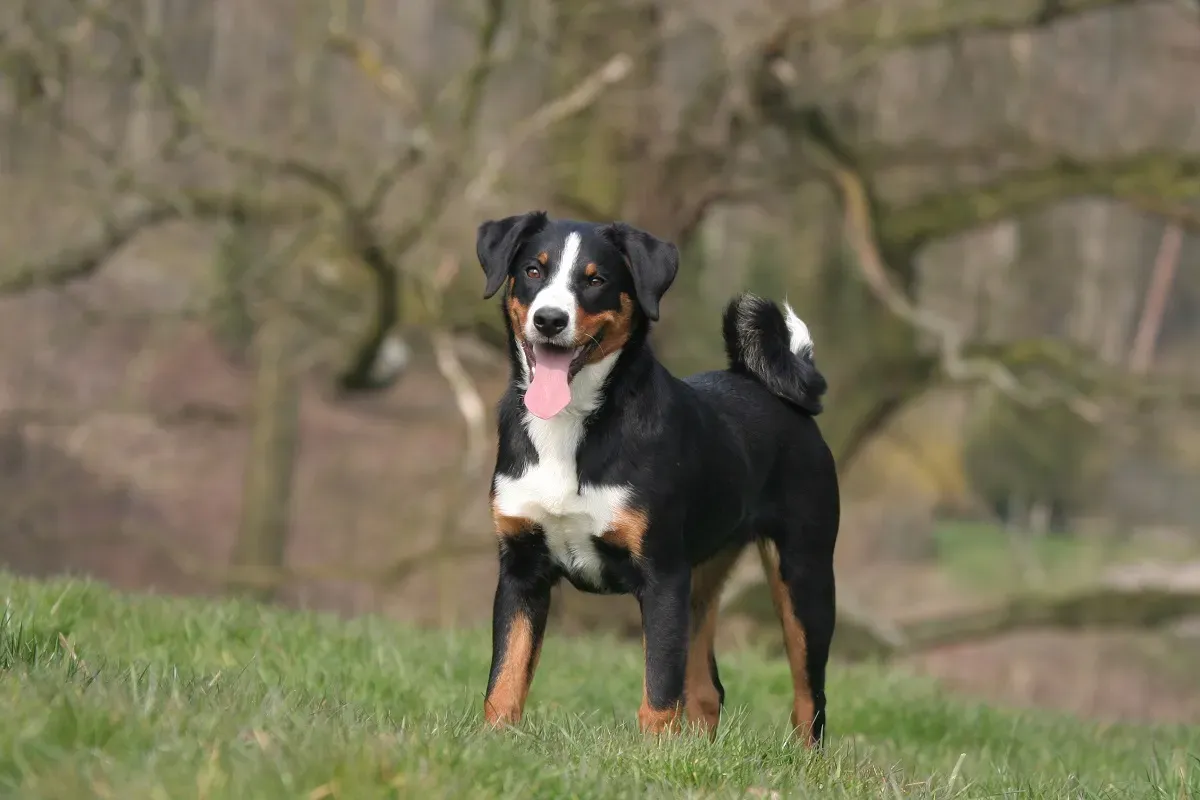
Maltese Dog Breed
Heena
May 19, 2025

The Maltese is a small yet spirited companion dog, renowned for its luxurious white coat and affectionate nature. As one of the oldest toy breeds, the Maltese has been charming people for centuries — and today, it continues to be a favourite among pet owners in the UK and the USA. Whether you’re considering adopting one or already have a Maltese at home, here’s everything you need to know about this delightful breed.
Breed Overview
- Breed Name: Maltese
- Group: Toy
- Origin: Mediterranean (Malta)
- Average Height: 7–9 inches (18–23 cm)
- Average Weight: 4–7 lbs (1.8–3.2 kg)
- Life Expectancy: 12–15 years
Breed Colors & Markings
The Maltese is best known for its striking pure white coat, which is straight, long, and silky. Unlike many breeds, the Maltese doesn’t come in a variety of colours—white is the breed standard. The American Kennel Club (AKC) and The Kennel Club (UK) both accept only white, though light ivory or lemon hints may appear on the ears. Their dark, expressive eyes and black “button” nose contrast beautifully with their snowy fur.
Communication and Behaviour
Maltese dogs are highly intelligent and emotionally in tune with their humans. They communicate through:
- Barking: Often used to alert or express excitement.
- Body language: Tail wagging, tilting head, or nuzzling shows affection or curiosity.
- Facial expressions: Bright eyes and perked-up ears often indicate playfulness or alertness.
They thrive on attention and do best in homes where they aren’t left alone for long hours.
- Barking: Often used to alert or express excitement.
What Do Affenpinschers Eat?
Due to their small size, Affenpinschers need:
- High-quality, nutrient-dense food designed for small breeds
- Balanced portions to prevent obesity, a common issue in toy breeds
- Many owners in the UK and USA prefer premium kibble or wet food formulated for small dogs
- Healthy treats in moderation, especially during training
Health and Lifespan
A healthy Maltese can live 12 to 15 years, with some reaching 17. However, like all breeds, they have certain predisposed conditions:
- Dental disease: Regular teeth brushing is a must.
- Luxating patella: A common issue where the kneecap slips.
- Heart issues: Routine vet checkups help in early diagnosis.
- Collapsed trachea: Use a harness instead of a collar to avoid pressure on the neck.
Regular vet visits and a healthy lifestyle greatly contribute to longevity.
Grooming Needs
Their long, white coat is stunning but requires daily maintenance:
- Brushing: Daily to prevent tangles and mats.
- Bathing: Every 1–2 weeks with gentle dog shampoo.
- Eyes: Clean tear stains with special wipes.
- Ears & Nails: Weekly checks and trimming as needed.
- Hair Trimming: Many owners opt for a “puppy cut” for easier maintenance.
Despite the effort, the Maltese does not shed much and is often considered hypoallergenic.
Exercise Requirements
Don’t be fooled by their dainty appearance—Maltese dogs are active and playful:
- Daily walks: 20–30 minutes total per day.
- Indoor play: Games and toys help keep them stimulated.
- Agility or obedience classes: Great mental and physical exercise.
They’re perfect for apartment living but still require consistent activity to prevent boredom or behavioural issues.
Training and Socialization
Maltese dogs are quick learners but may show a stubborn streak:
- Start early: Basic commands, housebreaking, and leash training are essential.
- Positive reinforcement: Use treats and praise rather than harsh corrections.
- Socialisation: Introduce to people, places, and other pets early to avoid timidity or aggression.
Training sessions should be short and fun, keeping their attention focused and building trust.
Nutrition and Diet
A balanced diet is key to a Maltese’s health:
- High-quality kibble: Choose brands designed for small or toy breeds.
- Wet food (optional): Adds variety and appeal, but always check ingredients.
- Avoid human food: Especially chocolate, onions, grapes, and sugary items.
- Feeding schedule: 2–3 small meals per day to avoid blood sugar dips.
Always provide fresh water, and consult your vet for specific dietary needs, especially as they age.
What to Expect as a Maltese Owner
- Loyal companion: Expect a dog that follows you from room to room.
- Low-shedding, high-maintenance coat: Grooming is part of daily life.
- Sensitive soul: Gentle handling and lots of love are essential.
- Travel-ready: Their size makes them ideal for travelling, whether in the car or on a flight.
- Great with families and seniors: Provided they’re handled gently.
Is the Maltese Right for You?
If you’re looking for a small, affectionate, intelligent dog that thrives in a loving household, the Maltese may be your perfect match. They’re especially suited to city dwellers, retired individuals, or families with older children. With the right care, a Maltese offers years of joyful companionship wrapped in a fluffy white coat.
Final Thoughts
The Maltese is more than just a pretty face. It’s a loyal, lively companion that brings warmth, joy, and elegance to any home. With attentive grooming, regular vet care, and lots of love, your Maltese will live a long, healthy, and happy life right by your side.

